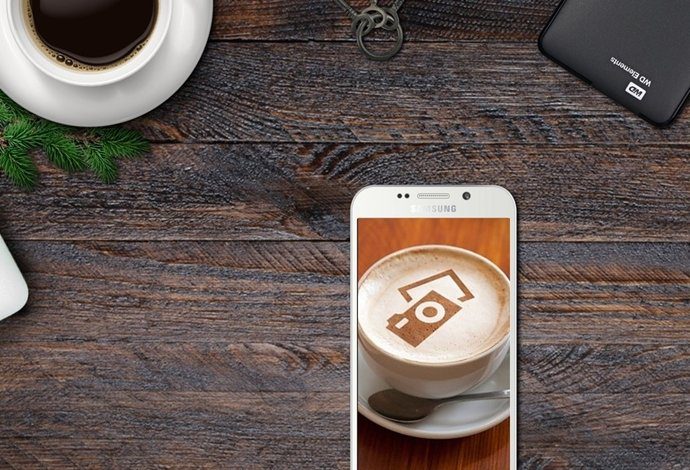If you use Safari as your go-to browser, you need to go through a Touch ID or Face ID security check each time you want to auto-fill passwords stored in iCloud Keychain. And that can cause unnecessary delays, especially with Touch ID in particular. If you want to stop using Touch ID or Face ID while auto-filling passwords in Safari, or while signing into third-party apps, both iOS and iPadOS provide easy means to achieve that. But first, it’s worth going through the potential implications of disabling this security measure.
Should You Disable Touch ID or Face ID for Passwords
If you disable Touch ID or Face ID for iCloud Keychain passwords, then the whole process of auto-filling them becomes easier. No more worrying about Touch ID not kicking in due to a sweaty finger or grime. Or Face ID failing to detect your face because of something obstructing the TrueDepth camera on your iPhone or iPad. But there’s a reason why your device implements such a security measure in the first place. If not for Touch ID or Face ID, anyone can use your unlocked iPhone or iPad to launch Safari and sign into secure web portals without any hassles. Furthermore, several third-party apps that have their login credentials stored in iCloud Keychain are also vulnerable to unauthorized access. On the iPhone, it isn’t necessarily an issue since the default auto-lock duration is quite short. That helps to mitigate the chances of someone else gaining access to your device. But the iPad usually takes a while to turn itself off automatically, and that can be a problem. If you are prone to leaving your iPhone or iPad around unlocked, then make sure to shorten the auto-lock duration. If that isn’t viable, it’s wise to leave Touch ID or Face ID enabled for password auto-filling. But if you keep your iPhone or iPad with you almost always with a very short auto-lock duration in place, or if you remember to lock the device manually out of habit, then disabling Touch ID/Face ID for password auto-filling likely won’t be a problem.. Note: Disabling biometric authentication for password auto-filling won’t impact other areas of iCloud Keychain. For example, your entire list of login credentials can’t be viewed via the onscreen keyboard or the Settings app (Passwords & Accounts > Website & App Passwords) without having to go through Touch ID/Face ID verification.
Disabling Touch ID or Face ID for Password Auto-filling
Decided to disable Touch ID/Face ID for password auto-filling on your iPhone or iPad? Then here are the steps to do that. The process is the same on iOS and iPadOS. Step 1: Open the Settings app on your iPhone or iPad. Scroll down the screen, and then tap Touch ID & Passcode or Face ID & Passcode. Insert the passcode of your device to proceed. Step 2: Turn off the switch next to Password AutoFill. Tip: You can also find the Face ID or Touch ID controls for device unlocking, Apple Pay, and iTunes or App Store purchases listed within this screen. Furthermore, you can manage apps that use biometric authentication by tapping on Other Apps. And that’s it. Whenever you attempt to auto-fill passwords stored in iCloud Keychain, either into Safari or a third-party app, your iPhone or iPad will no longer require any form of authentication. If you want to re-enable biometric authentication for passwords later, simply head back to iPhone/iPad Settings, tap Touch ID/Face ID & Passcode, and then turn on the switch next to Password AutoFill. You may also want to shorten the auto-lock duration to minimize the chances of someone else using your device and signing into sensitive web portals and apps without your permission. To do that, tap Display & Brightness within the iPhone/iPad Settings app, and then pick a shorter time duration. Preferably, the shorter, the better.
Security Over Convenience
Turning off Touch ID/Face ID for password auto-filling does make the whole process of signing into sites and apps quick and painless. But whether you should or shouldn’t get rid of this extra security largely depends on how you go about using your device. Once again, if you are diligent about not letting gaining unauthorized access to your iPhone or iPad, then there shouldn’t be an issue. But if you are prone to leaving it around unlocked, or if you have highly sensitive login information stored within iCloud Keychain, then it’s best that you keep the biometric security measure in place. It’s just not worth the risk. Next up: Is iCloud Keychain failing to sync your passwords across devices? Here’s how to fix iCloud Keychain not syncing woes across your Mac, iPhone and iPad. The above article may contain affiliate links which help support Guiding Tech. However, it does not affect our editorial integrity. The content remains unbiased and authentic.













